Wagner and the Art of the Theatre
Yale University Press, $95 hb, 479 pp
Wagner and the Art of the Theatre by Patrick Carnegy
In the myths that inspired Wagner to write Der Ring des Nibelungen, the World Ash-Tree (Die WeltEsche) is the symbol of Wotan’s power and enlightenment and eventual downfall. As a young god, he cut a branch off the tree to fashion into his spear. In The Ring, it is not until the Prologue to Götterdämmerung, as the three Norns are weaving their rope of fate, that we are told the World Ash-Tree is withering and dying, as the gods themselves will do by the end of this long evening. As with most of the objects in The Ring, symbolism is never too far away. The tree: the spear: the twilight of the gods. On Wotan’s orders, the branches of the tree (as the Norns tell us, and as Waltraute is soon to tell her sister Brünnhilde) are split and piled around Valhalla, where the gods sit, waiting for their fiery end.
Continue reading for only $10 per month. Subscribe and gain full access to Australian Book Review. Already a subscriber? Sign in. If you need assistance, feel free to contact us.



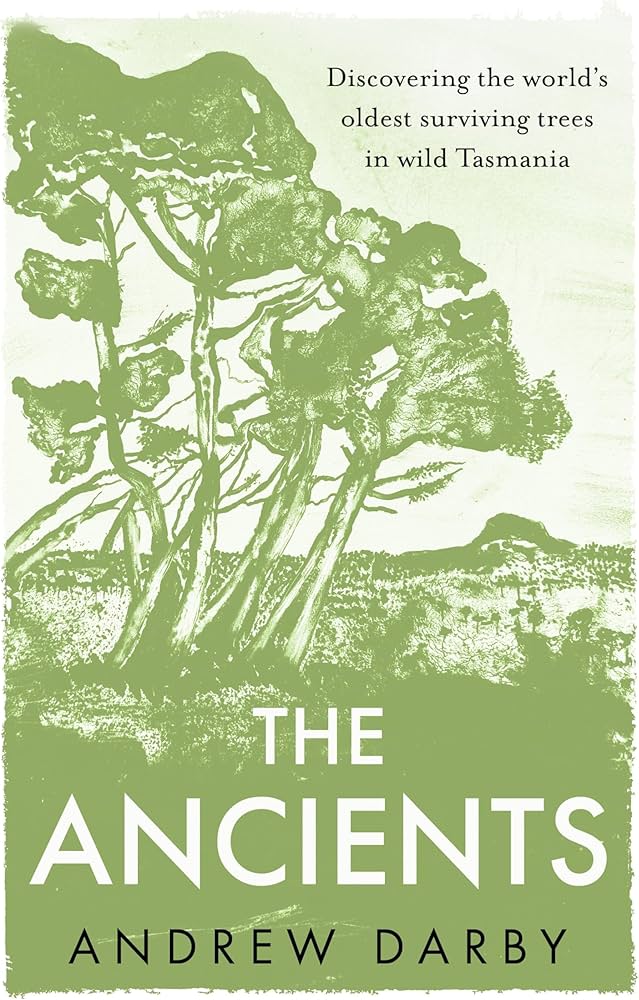

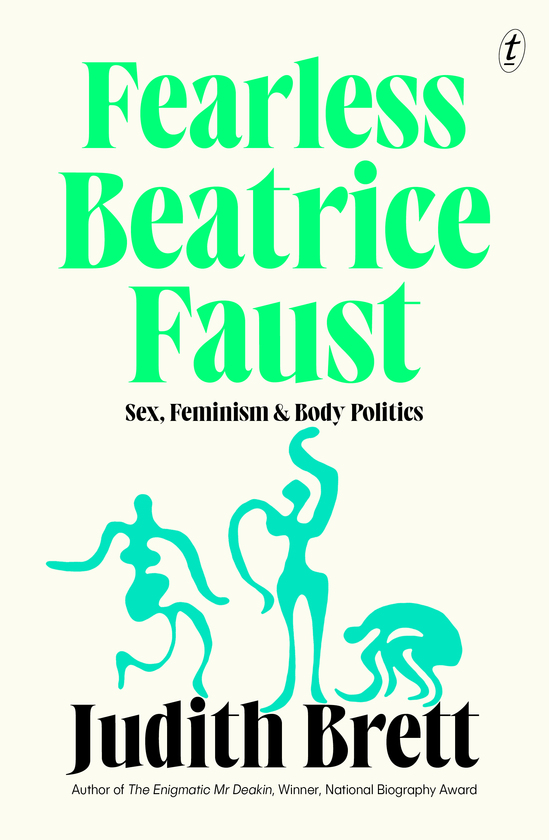


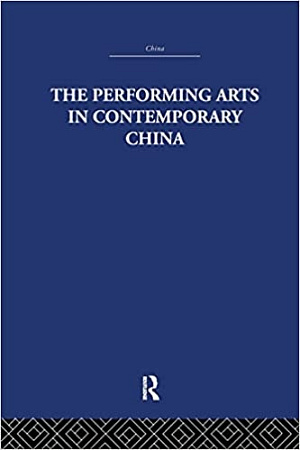
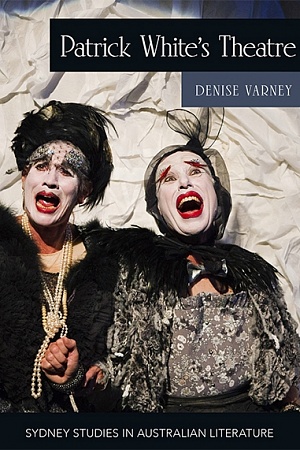
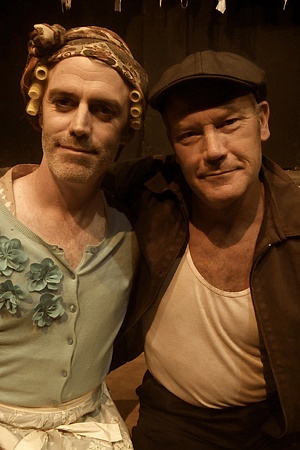
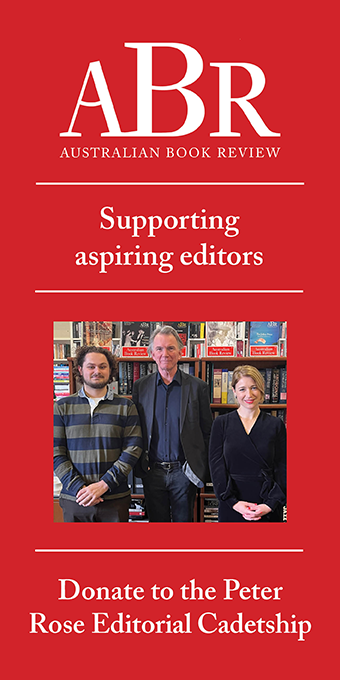
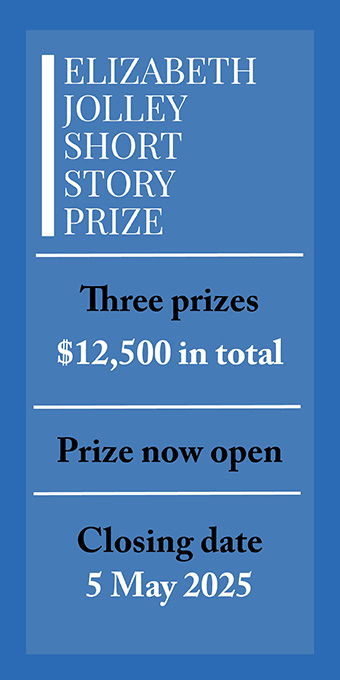


Leave a comment
If you are an ABR subscriber, you will need to sign in to post a comment.
If you have forgotten your sign in details, or if you receive an error message when trying to submit your comment, please email your comment (and the name of the article to which it relates) to ABR Comments. We will review your comment and, subject to approval, we will post it under your name.
Please note that all comments must be approved by ABR and comply with our Terms & Conditions.